This is the seventh in a series of posts about the Sony alpha 9 Mark II, aka the a9II. The series starts here. You can find other posts in this series by using the category list on the right, and selecting “a9II”.
As you’ve seen in some of the earlier posts in this series on the Sony alpha 9 Mark II (a9II), I like to do quantitative camera testing. However, to get the full measure of a camera, you need to look at pictures. In this post, I look at noise, resolution, and color of tight crops from more-or-less fully-exposed images from the a9II. I did a set of tests with the old model, the a9, and they were so similar that there’s not much point in showing them to you.
I used a Sigma 35 mm f/1.4 E-mount lens, and this scene:
All shots were manually focused exposed at f/5.6, using a Sony Bluetooth remote for the a9II, and the built in self timer for the a9. The cameras were mounted to a set of RRS carbon fiber legs using a C1 Cube. The images were developed in Capture One using the default settings, white balanced to the background of the Siemens Star. We’ll look at some crops magnified to a bit less than 200%. I made exposures at ISO 100, 200, 400, 800, 1600, 3200, 6400, and 12800, but I’m going to leave out the ones that don’t seem to me to be helpful.
We’ll start with the Siemens Star:
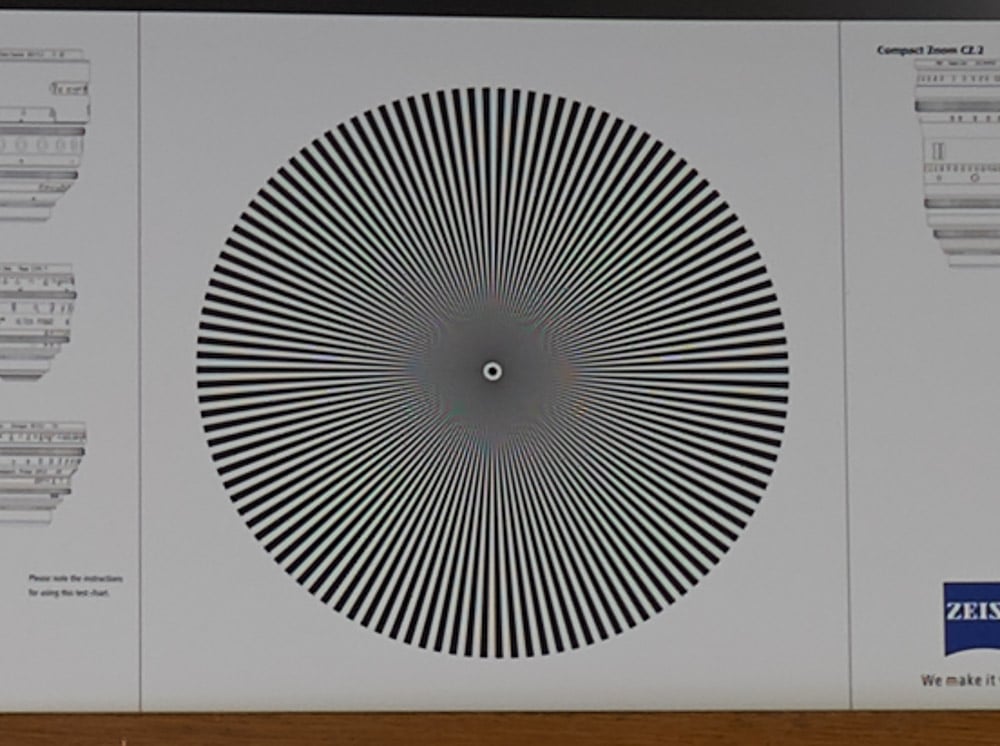
That’s a baseline.
Here’s as bad as it gets.
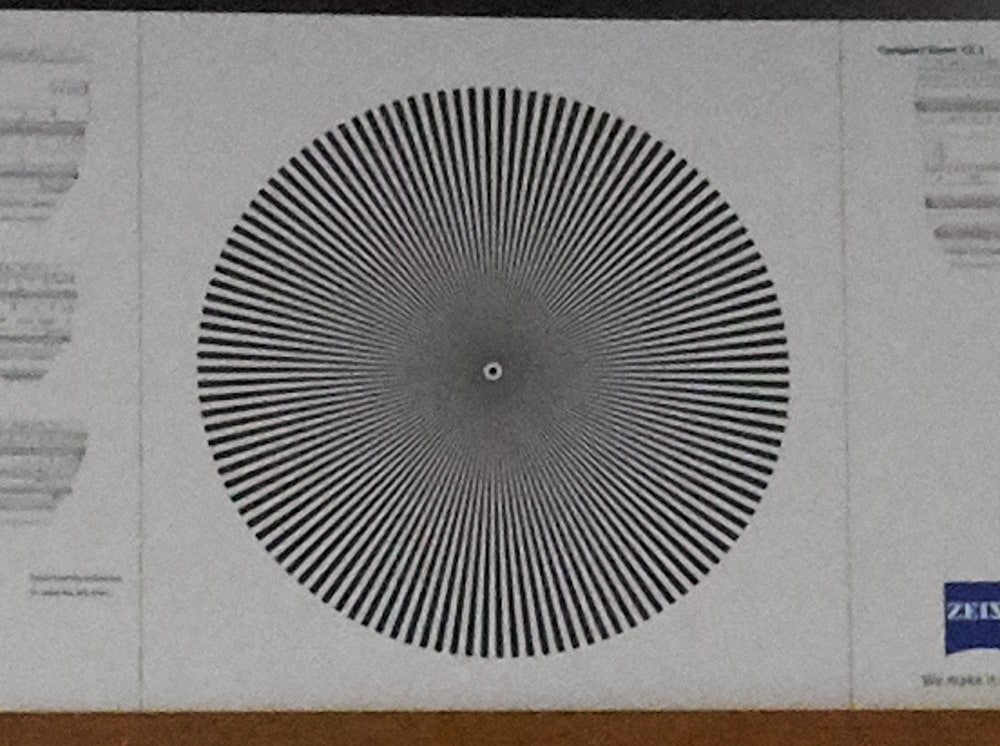
The loss in resolution is apparent. So is the increased noise.
If we back off a stop:
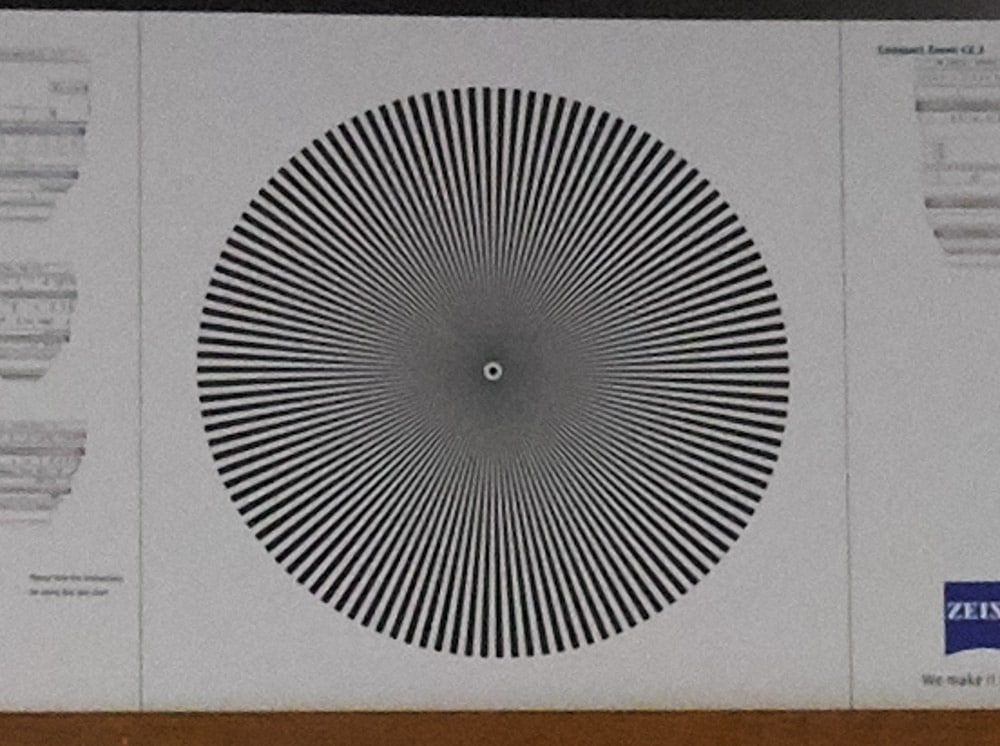
One more stop:
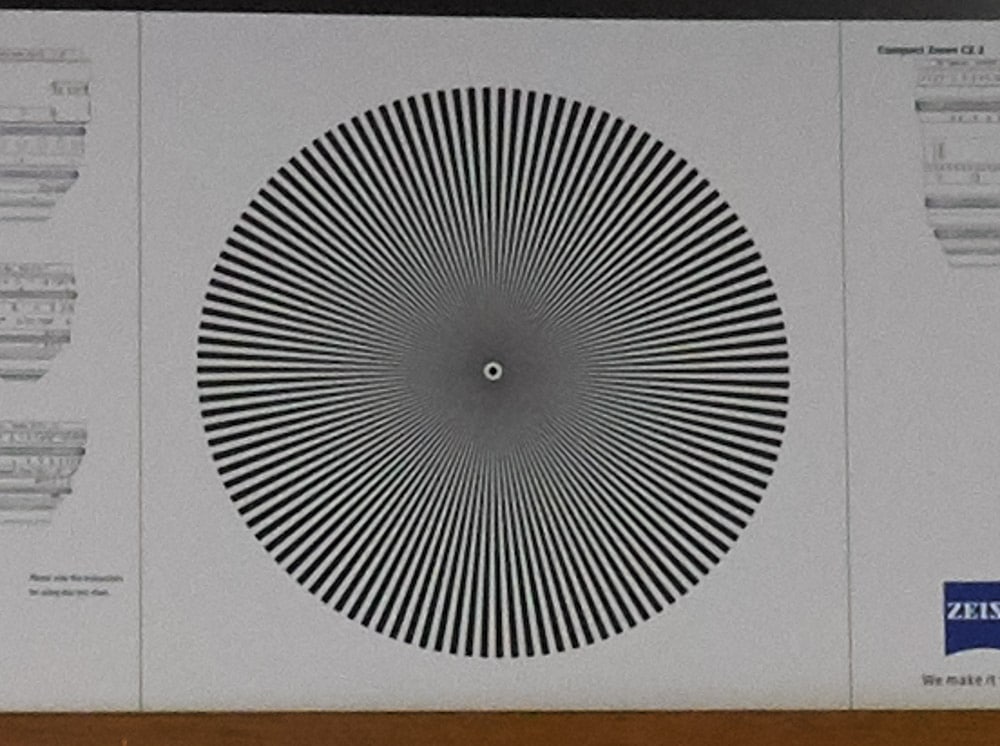
Now we’re starting to see a fair amount of aliasing.
Looking at the Macbeth chart:
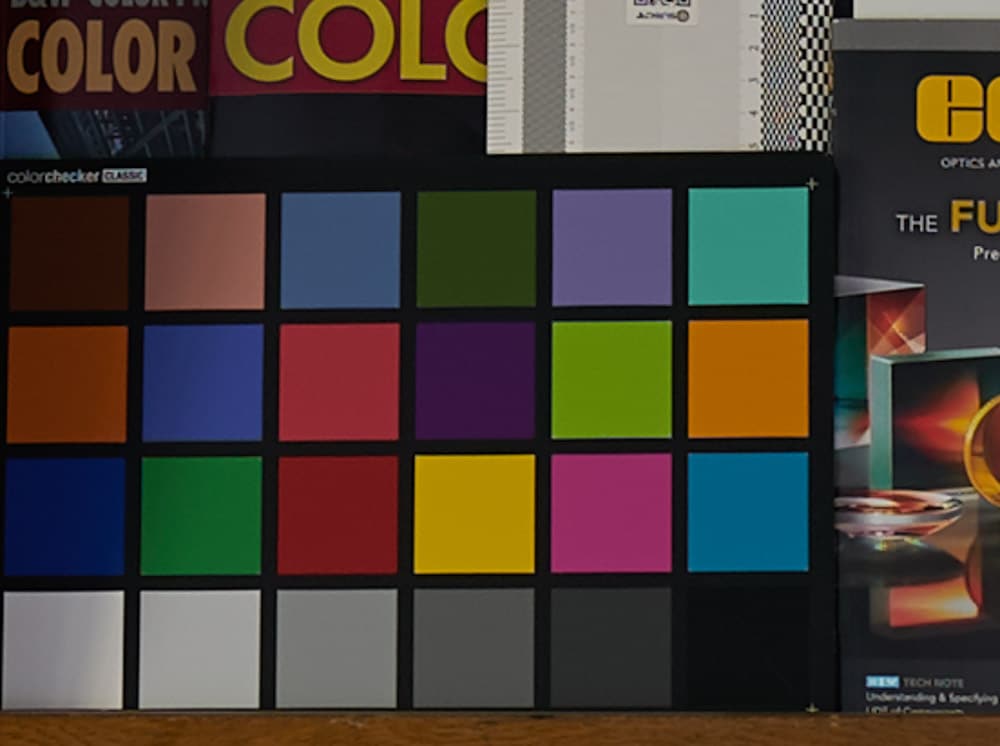
At nosebleed ISO:
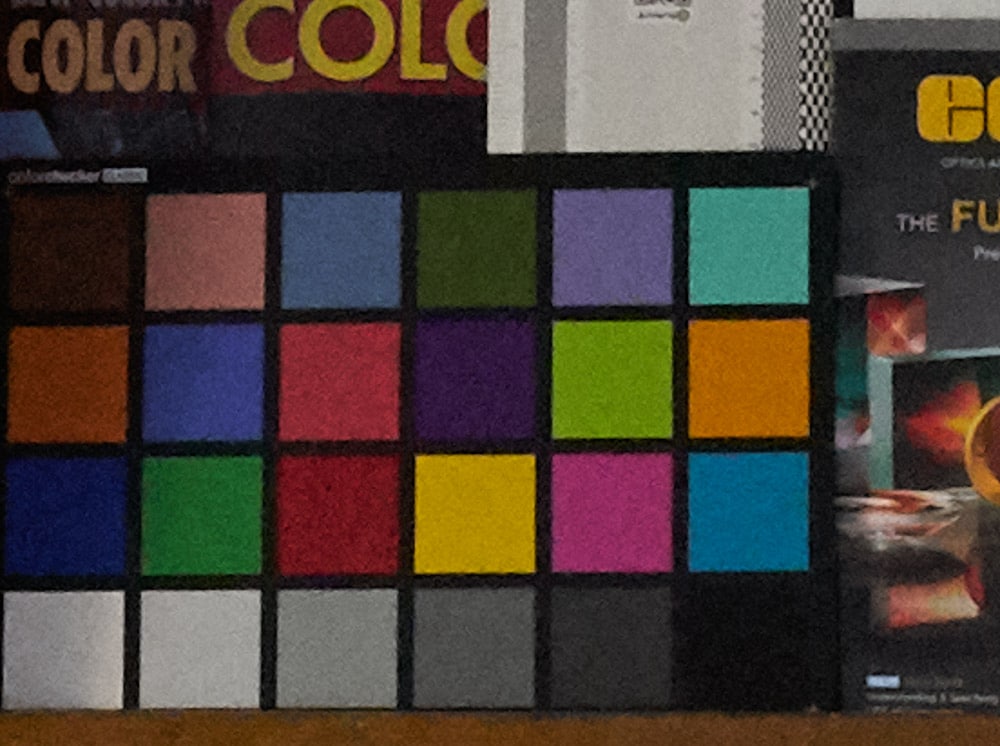
Quite a bit of noise, but not much in the way of color shift.
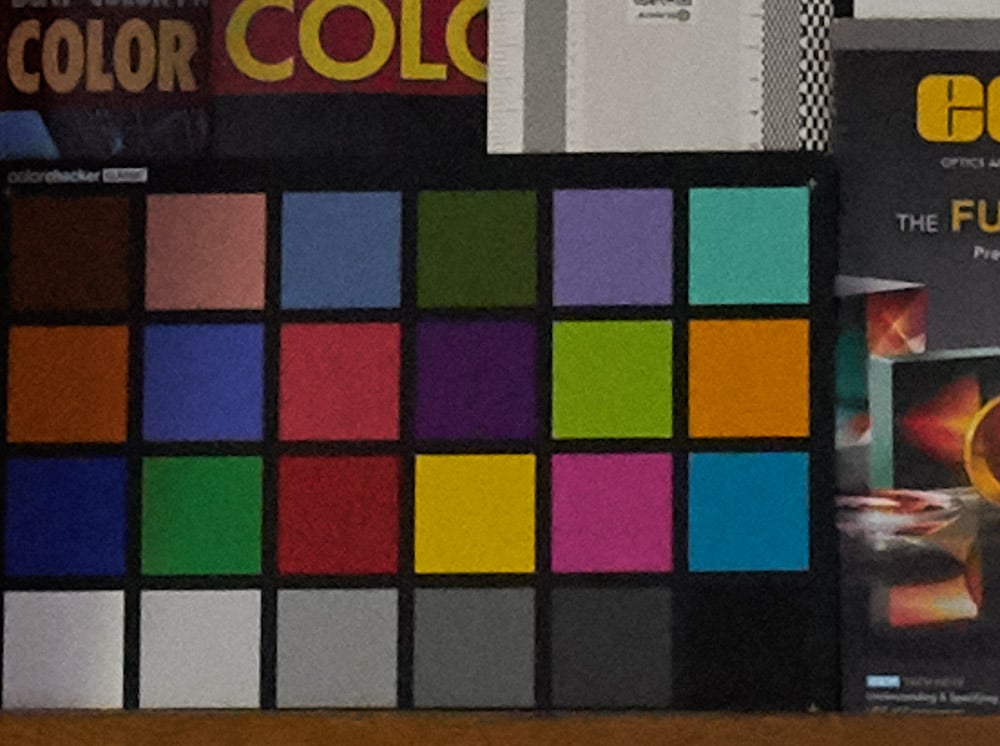
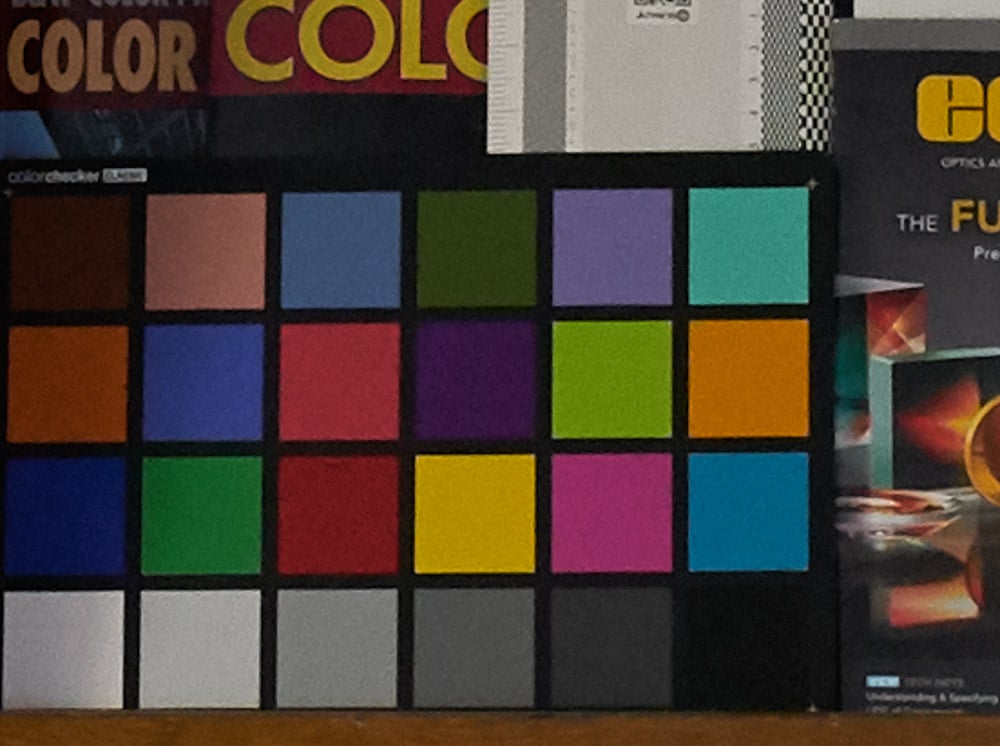
Looking at the text:

High ISO:
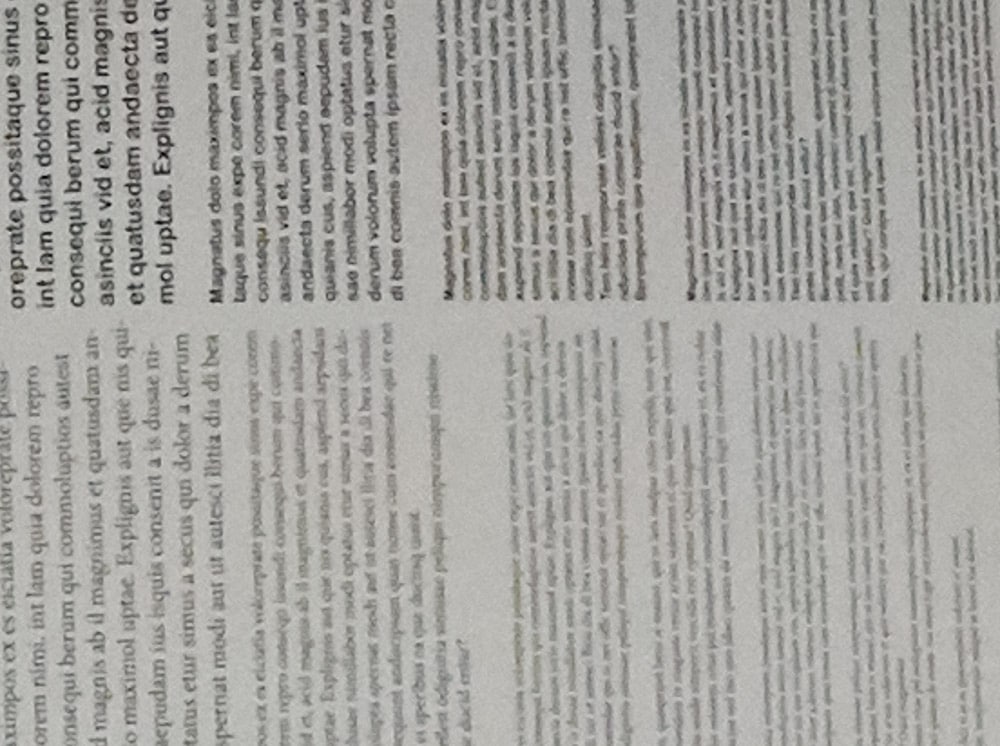
The legibility of the text is affected.
The other two high ISOs:
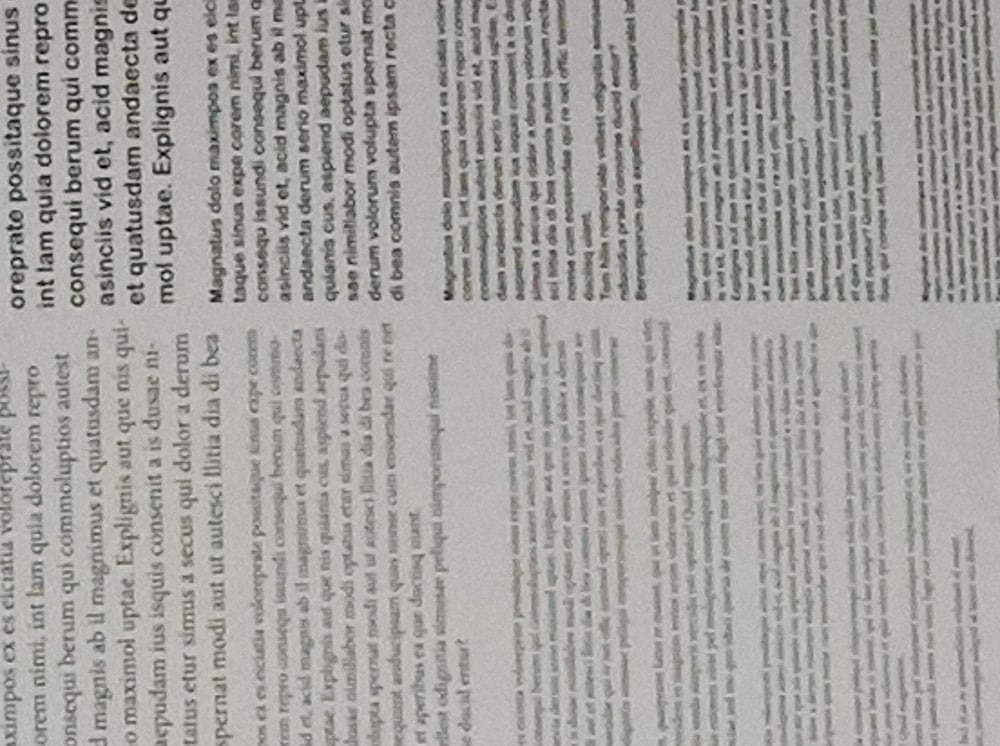
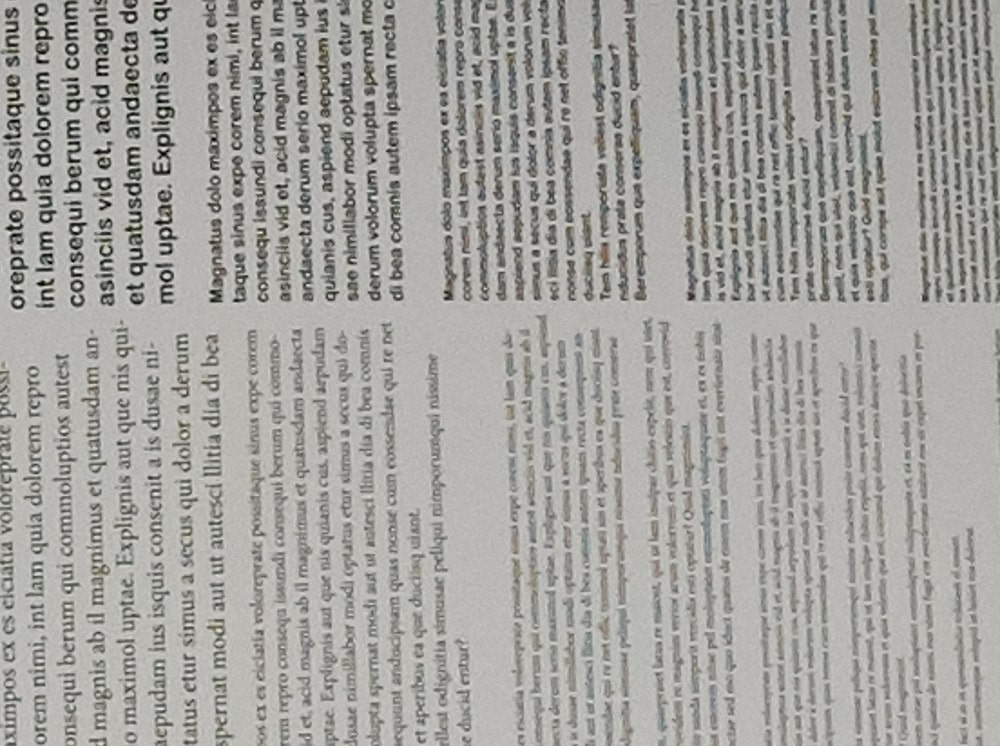
There is no sign of the black point shifts that we saw in the previous post.
I’ll run a flat-field test shortly.
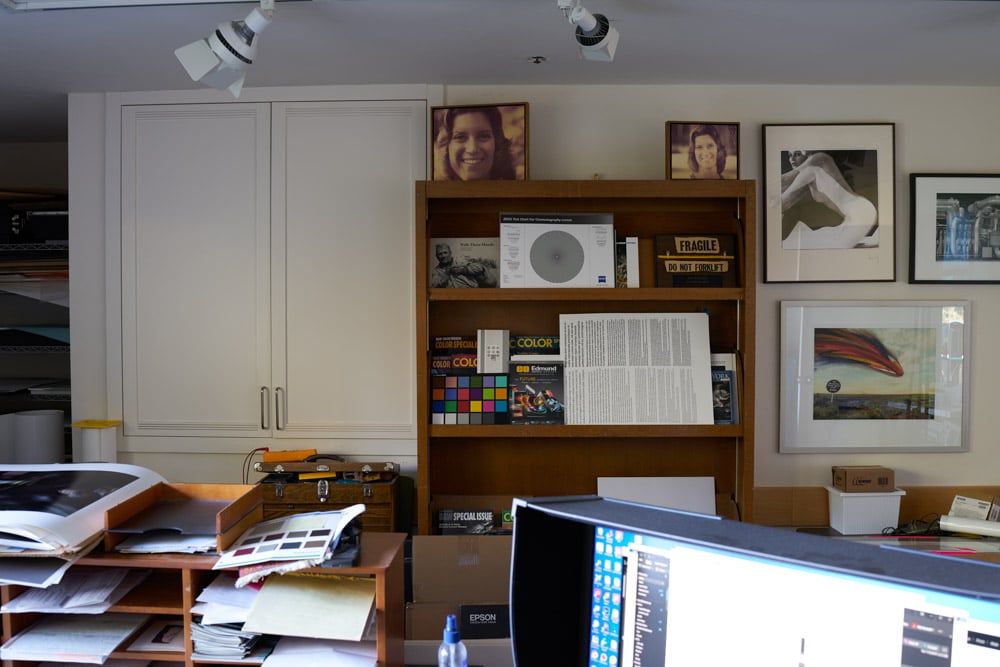
Hi,
Is the A9 better at low light compared to the A7S II at 51,200 ISO…..DxO Mark says sports is better in the A9 but I shoot mostly lunar astro with a telescope and i’m curious whether the A9 even comes close….
Hi Jim,
Can we get a ‘how fast is the Sony A9II silent shutter’ post please 🙂
Some comparative highISO tests with the A9 also would be very welcome.
Thanks
Den
I think it’s probably exactly as fast as the a9 silent shutter. I tried it on my LED light setup and the bands were faint and wide, as you’d expect if that were the case. I guess I’ll have to dig out the oscilloscope…
Did you ever get round to this test Jim?
Would love to read more from you on the A9II – High ISO performance vs A7RIV esspecially!
Not much difference:
http://www.photonstophotos.net/Charts/PDR.htm#Sony%20ILCE-7RM4,Sony%20ILCE-9M2
Ho w does the A9 ii compared to the A7 iii for low light/ high ISO? I’ve gotten usable (if only for social media) results at much higher ISO’s than the 12800 shown above with my A7 iii. I would expect the A9 ii to be at least as good, given the same resolution and the price tag. Considering selling the A7 iii, but do not want to lose low light capability in the process. Thanks!
A7iii has better low light performance than the a9 or a9ii in my experience.